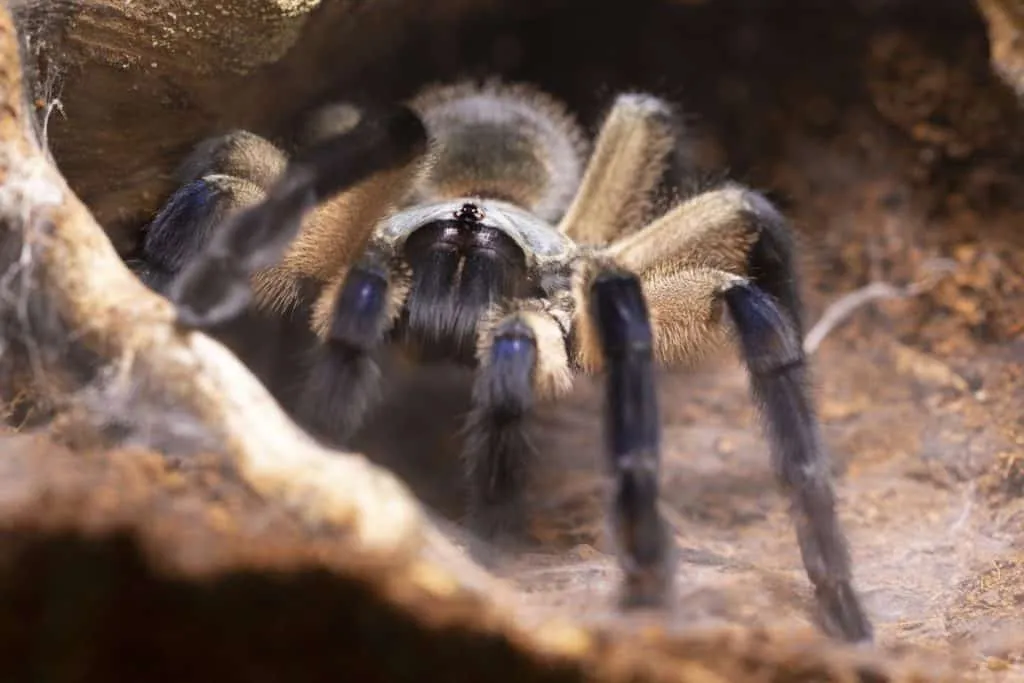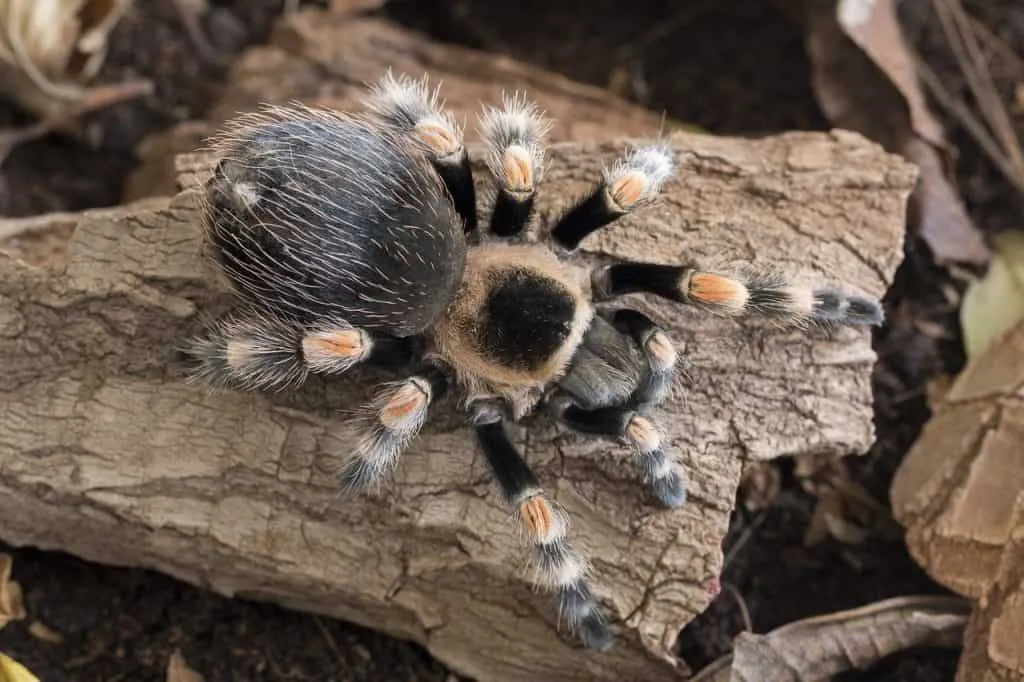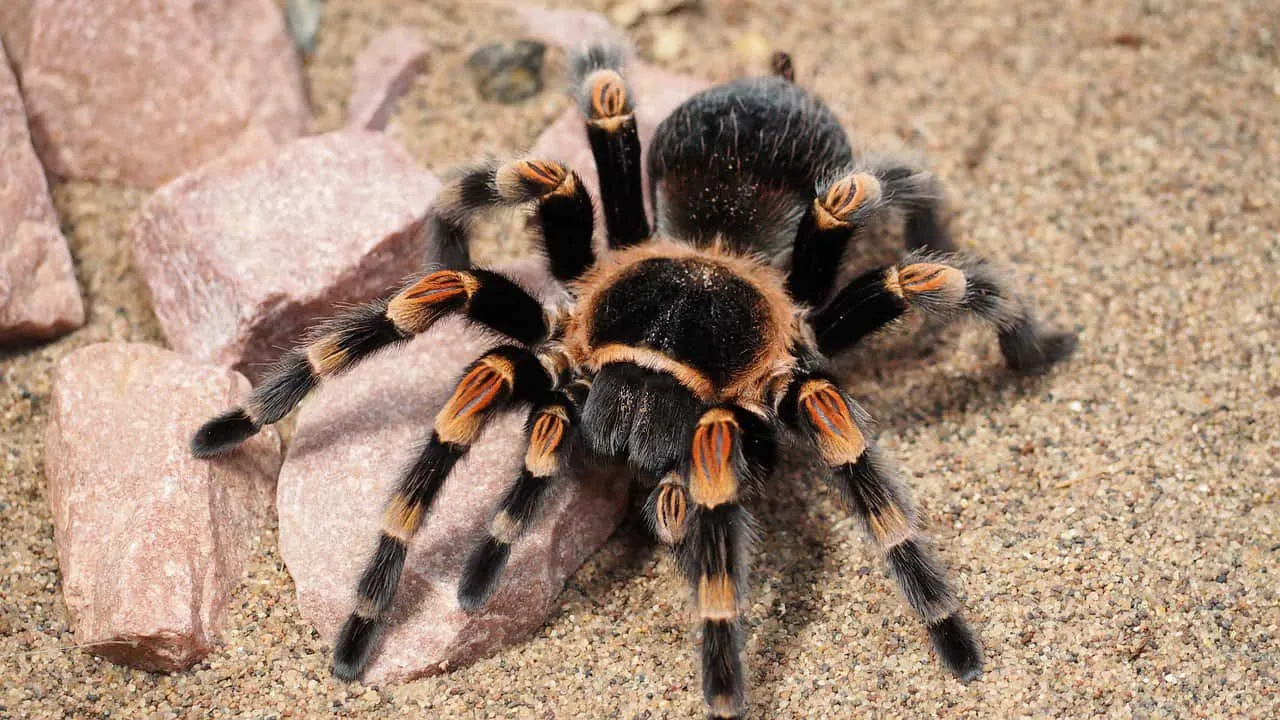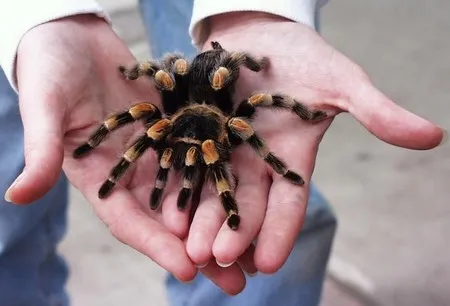Tarantula Pet Cost Top 7 Facts
Considering a tarantula as a pet is an exciting decision, but understanding the associated costs is crucial. The expenses go far beyond the initial purchase price, encompassing ongoing care, housing, and potential vet bills. This guide breaks down the top 7 facts about tarantula pet costs, providing a comprehensive overview to help you make an informed decision. Knowing these costs allows you to prepare and ensure you can provide a healthy and enriching environment for your eight-legged friend. Proper planning prevents financial surprises and ensures the tarantula thrives in your care. From the price of the spider itself to the cost of its meals, this guide covers all the key factors.
Initial Tarantula Purchase Price
The initial cost of the tarantula itself is the first expense. Prices vary significantly based on the species, age, and origin of the tarantula. Some common and readily available species are more affordable, while rarer or more exotic ones can command a much higher price. Purchasing from a reputable breeder or pet store is crucial to ensure the tarantula is healthy and properly identified. This upfront investment sets the stage for all future expenses related to your new pet. Always consider that lower prices can sometimes indicate lower quality, so researching breeders and species is paramount.
Species of Tarantula and Their Cost

The species of tarantula is the primary driver of its cost. For example, the popular and relatively docile Chilean Rose Hair tarantula is often one of the most affordable, typically ranging from $15 to $50. Conversely, certain species, like the Cobalt Blue tarantula or the Pinkfoot Goliath, can cost several hundred dollars, sometimes even exceeding $500, due to their rarity, unique coloration, or temperament. Researching different species and understanding their price points is key to staying within your budget. It’s also important to factor in the species’ specific care requirements, as more demanding species may require more elaborate and costly setups.
When choosing a species, take into consideration the size of the tarantula. Bigger species often require bigger enclosures, which result in higher initial costs for housing. Furthermore, the price can change depending on the tarantula’s origin; some are captive-bred, others are wild-caught, and their price can vary accordingly. Finally, consider the legal aspects of owning a particular species, as some are protected by law and require special permits, which can add to the overall cost.
Age and Size Considerations
The age and size of a tarantula significantly impact its price. Spiderlings (baby tarantulas) are generally less expensive than adult tarantulas because they are smaller and haven’t reached maturity. However, raising a spiderling requires more patience and attention to detail as they are more vulnerable. Adult tarantulas, on the other hand, are fully grown and often have established personalities, which can influence their cost. The price difference reflects the time and resources invested in raising the tarantula to its current stage. Furthermore, the larger the tarantula, the larger the enclosure it requires, affecting your budget.
Housing and Enclosure Expenses
Housing your tarantula is another substantial expense. The enclosure must be appropriately sized for the species and size of the spider. Larger tarantulas need larger terrariums, which naturally increase the cost. The enclosure should be made of a suitable material, such as glass or acrylic, and have a secure lid to prevent escapes. Beyond the enclosure itself, you’ll need to factor in the cost of substrate, décor, and essential equipment. Choosing the right housing ensures the tarantula’s well-being and enhances your overall pet ownership experience. A well-designed enclosure also makes it easier to observe and enjoy your tarantula.
The Cost of the Terrarium

The terrarium, or enclosure, is a significant initial investment. The cost varies depending on the size and material. Small plastic enclosures for spiderlings can be relatively inexpensive, costing around $10 to $20. However, larger glass or acrylic terrariums for adult tarantulas can range from $50 to over $200, depending on the size and features. Consider the ventilation, ease of cleaning, and overall aesthetics of the enclosure when making your choice. Look for enclosures with secure lids to prevent escape, as tarantulas are skilled climbers. Remember to choose an enclosure that will accommodate the tarantula’s full adult size.
Substrate and Decor Budget
Substrate and décor are essential for creating a natural and comfortable habitat for your tarantula. The substrate, which forms the floor of the enclosure, can be a mixture of coconut fiber, peat moss, or other specialized substrates. The cost of substrate varies depending on the type and quantity purchased, but generally ranges from $10 to $30 per bag. Décor, such as hides, branches, and artificial plants, provides hiding places and enrichment for your tarantula. Décor can be a one-time purchase or require occasional replacement. The cost of décor can vary significantly, depending on your choices, from $10 for basic hides to $50 or more for elaborate setups.
Essential Equipment and Supplies
Besides the enclosure, other essential equipment is needed to maintain the proper environment for your tarantula. This includes items for controlling temperature and humidity, such as a hygrometer (to measure humidity) and a thermometer (to measure temperature). These items typically cost between $10 and $30. You might also need a water dish, which can cost a few dollars. The specific equipment needed will depend on the species of your tarantula and its environmental requirements. Providing the right equipment is crucial for ensuring your tarantula’s health and longevity. Therefore, it is important to choose high-quality items and regularly maintain them.
Heating and Lighting Costs

Depending on the species, you might need heating or lighting to maintain the correct environmental conditions. For some species, a heat mat or ceramic heat emitter can be necessary to provide supplemental heat, with costs ranging from $20 to $50. Lighting is generally not a primary requirement for tarantulas, as they are nocturnal creatures. However, a low-wattage bulb can be used for viewing, and its cost is negligible. Always ensure that any heating or lighting equipment is used safely and does not pose a risk to the tarantula.
Watering and Feeding Needs
Providing food and water is a fundamental aspect of tarantula care. The cost associated with feeding your tarantula varies depending on its size and the types of insects you choose to feed it. Larger tarantulas consume more food. Crickets, mealworms, and roaches are common food choices, and their prices fluctuate based on the supplier and quantity purchased. The overall cost for food can range from $10 to $50 per month. Always provide fresh water in a shallow dish to avoid drowning. Additionally, ensure that you are getting healthy, well-fed insects, as this will positively impact your tarantula’s health.
Ongoing Food and Maintenance Costs
Beyond the initial setup, you’ll incur ongoing costs for food, substrate replacement, and cleaning. These recurring expenses are essential to maintaining a healthy and hygienic environment for your tarantula. Regular cleaning, proper feeding, and the replacement of used supplies are vital aspects of responsible tarantula ownership. Failing to account for these ongoing costs can result in neglect of your pet. These costs are often underestimated, so a realistic estimate is crucial for ensuring your tarantula’s well-being.
Feeding Your Tarantula

The cost of feeding your tarantula depends on the species, size, and age of the spider, as well as the type and quantity of food you provide. Younger tarantulas require more frequent feeding but in smaller portions, while adults eat less often. Crickets, mealworms, and dubia roaches are popular food options. Buying insects in bulk can sometimes reduce costs. The average monthly food cost could range from $10 to $30 or more, depending on the frequency of feeding and the price of insects in your area. Consider the nutritional value and the ease of keeping the food insects alive.
Substrate Replacement and Cleaning
The substrate in your tarantula’s enclosure needs to be replaced regularly to maintain a clean and healthy environment. The frequency of replacement depends on the substrate type and the tarantula’s habits. Generally, partial substrate replacement is recommended every few months, while a complete substrate change should be done annually. The cost of substrate replacement depends on the amount needed and the type of substrate. Moreover, regular spot cleaning, which involves removing uneaten food and waste, is a crucial aspect of maintenance. These maintenance tasks are time-consuming and require resources.
Health and Veterinary Costs
While tarantulas are generally hardy creatures, unforeseen health issues can arise. Veterinary care for tarantulas can be expensive, especially if specialized treatment is required. Finding a veterinarian with experience treating exotic pets can be challenging and costly. It’s essential to understand the potential health risks and prepare for these expenses. While not common, illness or injury can occur, and being prepared is crucial. Emergency vet visits can quickly become expensive and require immediate attention. Regular monitoring of your tarantula’s behavior and appearance is important for detecting potential health issues early on.
Potential Veterinary Bills

Veterinary bills for tarantulas can vary significantly, from a basic consultation fee to hundreds of dollars for specialized treatments, tests, or medications. If your tarantula develops a medical problem, such as a parasitic infection or a problem with molting, you’ll likely need to seek veterinary care. Unfortunately, finding a vet with experience in treating tarantulas can be difficult, which can increase the cost. The cost is dependent on the nature of the problem and the specific treatments required. Always have a financial plan in place, just in case your tarantula requires urgent medical attention.
Preventative Measures
Preventative measures can help minimize potential health issues and associated costs. Providing a clean and appropriate habitat, feeding a balanced diet, and monitoring your tarantula’s behavior are vital. While there aren’t any routine vaccinations or checkups like in mammals, ensuring the tarantula’s environment is correct, and providing proper care minimizes the chance of illness. Purchasing from a reputable breeder reduces the risk of diseases. Regular observation of your tarantula is important, as it can help you spot any unusual behavior or physical changes that may indicate a health issue.
Insurance and Unexpected Costs
Unexpected costs can always arise when owning a pet. This could be due to a sudden illness, an accidental escape, or damage to the enclosure. Planning for these eventualities is crucial for responsible tarantula ownership. Having some extra savings set aside for unforeseen circumstances is always a good idea. Being prepared can prevent financial strain and ensures the proper care of your pet. Thinking ahead and planning for possible problems will make the process smoother and less stressful. Always be prepared to handle any situation that might arise, no matter how unlikely it may seem.
Tarantula Insurance Options

While dedicated tarantula insurance policies are not common, some pet insurance companies may offer coverage for exotic pets. Researching available options and comparing coverage and costs is crucial. Insurance can help cover unexpected veterinary bills and reduce financial stress in case of illness or injury. However, insurance premiums can add to the overall cost of owning a tarantula. Determine if insurance is a worthwhile investment based on your budget and risk tolerance. Some insurance plans also cover things like accidental damage to the enclosure.
Dealing with the Unexpected
Unexpected expenses, such as enclosure damage or the need for specialized treatment, can be challenging. Always have an emergency fund in place to handle unforeseen events. Being prepared for these scenarios can prevent financial hardship and enable you to provide the best possible care for your tarantula. Researching local exotic pet vets, having contact information readily available, and knowing how to deal with emergencies can save crucial time. Understanding what is covered by any insurance policies is also essential, as is creating a solid plan.
Long-Term Cost Analysis
Analyzing the long-term costs associated with owning a tarantula is essential to make a well-informed decision. Considering the recurring expenses, such as food and substrate replacement, can help you estimate the overall cost of ownership. Over time, these costs can add up, and it is important to plan accordingly. Remember to factor in the potential impact of inflation and the changing cost of supplies. Accurate planning ensures you will be prepared to manage your finances while ensuring that your tarantula has everything it needs throughout its life.
Overall Cost of Ownership
The overall cost of ownership is the sum of all the expenses associated with owning a tarantula, from the initial purchase to the ongoing care. This includes the cost of the tarantula, enclosure, substrate, food, equipment, potential vet bills, and other incidental expenses. The total cost will vary depending on factors such as the tarantula species, the size of the enclosure, and the chosen supplies. Having a comprehensive understanding of all costs allows you to make a budget. Budgeting will provide a clear picture of the financial commitment you are making, ensuring that you can fulfill your responsibilities as a pet owner.
Saving Money on Tarantula Care
Several strategies can help you save money on tarantula care without compromising the quality of care. Buying supplies in bulk, comparing prices from different suppliers, and making your own decorations can reduce expenses. If you have access to suitable supplies, using them can also help reduce costs. Being smart about your purchases and planning ahead can lead to savings. The most important aspect is the correct care and environment, which can be maintained through diligence and planning. Planning and researching can help save money in the long run while still providing excellent care.
